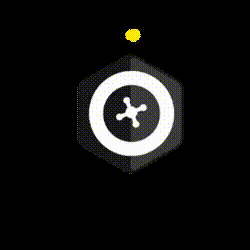Price:Rp 10,000
Toto Macau 4D | Result Toto Macau | Data Toto Macau
FAQ OLXTOTO TOGEL
Apa itu OLXTOTO?
OLXTOTO adalah portal bandar Toto Macau yang menyediakan informasi Toto Macau 4D lengkap, mulai dari data hingga result terbaru. Seluruh informasi disajikan sebagai referensi terpercaya bagi pemain yang membutuhkan keakuratan dan konsistensi.
Apa keunggulan Toto Macau 4D di OLXTOTO?
Keunggulan OLXTOTO terletak pada penyajian data Toto Macau 4D yang rapi dan mudah dipahami. Result Toto Macau diperbarui secara rutin dari sumber resmi, sehingga dapat dijadikan acuan analisa yang lebih matang.
Bagaimana cara mengakses informasi Toto Macau di OLXTOTO?
Informasi Toto Macau dapat diakses langsung melalui halaman OLXTOTO yang menampilkan data dan result terbaru. Sistemnya dirancang stabil agar pengguna dapat memantau keluaran tanpa hambatan.
Apakah data dan result Toto Macau selalu update?
Ya, OLXTOTO memastikan setiap data Toto Macau dan result Toto Macau 4D diperbarui secara konsisten setiap periode. Pembaruan ini dilakukan untuk menjaga akurasi dan keandalan informasi.
Apakah OLXTOTO dapat dipercaya sebagai bandar Toto Macau?
OLXTOTO dikenal sebagai bandar Toto Macau yang fokus pada transparansi data dan kejelasan informasi. Dengan penyajian yang lengkap dan terstruktur, pengguna dapat mengandalkan OLXTOTO sebagai referensi Toto Macau 4D yang terpercaya.
TESTIMONI MEMBER TOTO MACAU
"OLXTOTO sangat membantu saya memantau Toto Macau 4D. Data dan result yang ditampilkan selalu jelas dan update, jadi lebih mudah dijadikan referensi sebelum memasang angka."
Fajar P – Surabaya | 05 April 2025
"Saya rutin cek result Toto Macau di OLXTOTO karena informasinya konsisten dan rapi. Data Macau 4D-nya lengkap dan gampang dipahami."
Lina W – Jakarta | 09 April 2025
"Sebagai pemain Toto Macau, saya merasa terbantu dengan data Toto Macau 4D dari OLXTOTO. Update hasilnya cepat dan selalu sesuai dengan bandar resmi."
Andre S – Bandung | 14 April 2025
"OLXTOTO jadi referensi utama saya untuk melihat data dan result Toto Macau. Penyajiannya profesional dan informasinya konsisten setiap periode."
Maya R – Medan | 20 April 2025
Loading...




 Promo
Promo